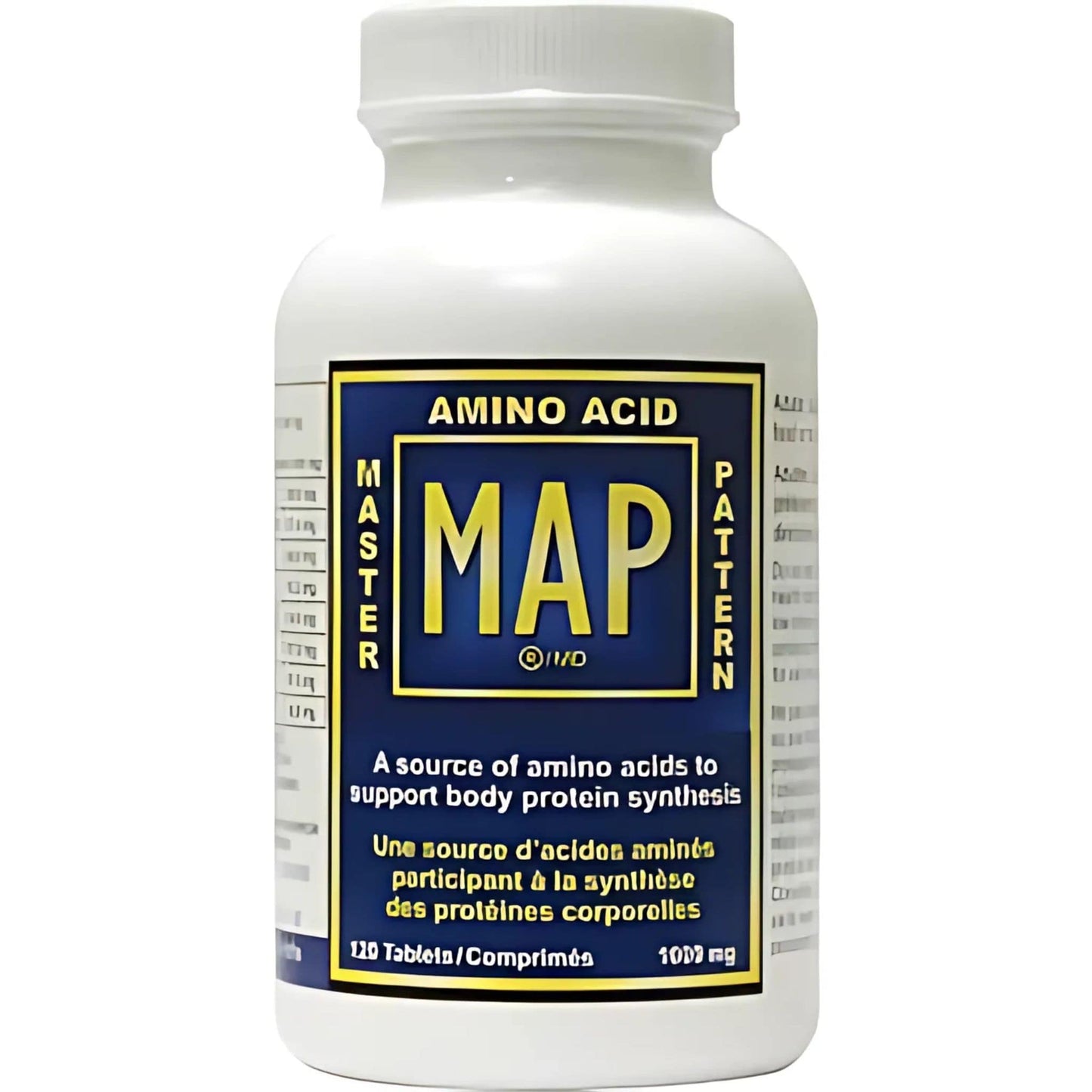Low price guarantee
Vitamart always has low prices and to give you full confidence we have a "Low Price Guarantee".
Find a lower online price at a major Canadian competitor and we will beat the price by 1¢!
To redeem: contact us with proof of the lower price (ie. website link) before or within 10 days of purchase and Vitamart will verify the price and refund you the difference.
Restrictions:
Competitor must ship from and be based in Canada. Vitamart does not offer a guarantee on all competitors, such as marketplaces. Product must be identical and in-stock. Does not apply to clearance, short-dated, out of date promotions, multiple buying discounts ie Buy X for $X, Spend $X get X Free, loyalty/member discount offers, or website typos. Vitamart reserves the right to deny any price claim and to limit quantities for any reason.
MAP Master Amino Acid Pattern, Maximize Muscle Support and Repair, 120 Tablets
MAP Master Amino Acid Pattern, Maximize Muscle Support and Repair, 120 Tablets
-
Sale Sold outRegular price $59.99 CADSale price $59.99 CAD Regular priceUnit price per
- Notify me when the price drops
Save money with volume discounts!
-
Buy 3+$59.99 $56.99 / eachsave 5%
-
Buy 6+$59.99 $53.99 / eachsave 10%
-
Buy 12+$59.99 $50.99 / eachsave 15%
-
Enjoy secure payments powered by:
- Visa
- Master
- Apple pay
- Paypal
- Google pay
- Shopify pay
- American express
60-day Risk Free Shopping guarantee Learn more
Master Amino Acid Pattern (MAP) provides a 99% Net Nitrogen Utilization (NNU) for maximum protein absorption and muscle support, with rapid 23-minute absorption and zero fat, sugar, or sodium. Ideal for athletes, those with dietary restrictions, and anyone seeking a highly effective protein source.


MAP Master Amino Acid Pattern, Maximize Muscle Support and Repair, 120 Tablets
:by MAP
If you find a lower price, we'll beat it
Quality products you can depend on
Canadian orders $79+ ship free
Not happy? Return it within 60 days
MAP Master Amino Acid Pattern Details
MAP Master Amino Acid Pattern is a patented, all-natural supplement designed to optimize protein synthesis with a 99% Net Nitrogen Utilization (NNU). Unlike traditional protein sources that often provide only 18% utilization, MAP is formulated with a unique blend of essential amino acids, making it highly efficient in supporting muscle growth, repair, and recovery. Absorbed in just 23 minutes, MAP minimizes metabolic waste, reducing strain on the liver and kidneys, and contains zero fat, sugar, sodium, or animal products. Each serving supplies essential amino acids in their purest, most bioavailable form, ideal for individuals on specialized diets, such as vegans and vegetarians.
MAP Master Amino Acid Pattern Features and Benefits
-
99% Protein Utilization: Nearly all amino acids are absorbed as building blocks, maximizing muscle support and repair.
-
Ultra-Rapid Absorption: Absorbs in the small intestine within 23 minutes for fast action, perfect for pre- and post-exercise.
-
Clean and Pure Formula: Zero fat, sugar, or sodium; ideal for those on restricted diets or sensitive to traditional proteins.
-
Low Caloric Impact: Ten tablets contain less than half a calorie, supporting calorie-controlled diets.
-
Free from Common Allergens: Suitable for vegans and vegetarians.
-
Minimizes Metabolic Waste: Produces just 1% nitrogen waste, supporting liver and kidney health and reducing toxic load.
As a Dietary Supplement: Take 5 tablets daily, or as directed.
As an Exercise Aid: Take 5 to 10 tablets 30 minutes prior exercise, or as directed. (Professional athletes can take an additional 10 tablets 2 hours later.) Also consume, daily, the correct amount of dietary protein to meet protein requirements.
Take tablets at any time, preferably with food or beverage. Up to 10 tablets can be taken at one time. (Wait 2 hours before taking additional tablet.) Tablets can be crushed and mixed with food or beverage at any temperature (up to 287oC). Also take a complete vitamin/mineral supplement daily.
Nutrition Facts / Valeur nutritive
| Nutrition Facts | |
|
Serving Size: 1 Tablet Servings per Container: 120 |
Amount Per Tablet
|
|
|
|
| MAP Master Amino Acid Pattern Proprietary Blend | 1000 mg |
|
|
|
| L-leucine | 189.6 mg |
|
|
|
| L-lysine | 172.4 mg |
|
|
|
| L-valine | 160 mg |
|
|
|
| L-isoleucine | 143.2 mg |
|
|
|
| L-phenylalanine | 124.5 mg |
|
|
|
| L-threonine | 107.3 mg |
|
|
|
| L-methionine | 67.5 mg |
|
|
|
| L-tryptophan | 35.5 mg |
|
|
|
|
* Percent daily values are based on a 2000 calorie diet
† Daily Value not established Note: Serving Sizes are rounded to the nearest whole serving |
|
Warnings
Do not use if inner security seal under cap is broken. Store in a cool, dry place. Do not use if pregnant or breastfeeding. Consult a health care practitioner prior to use if you are following a low-protein diet. Caution phenylketonurics: this product contains phenylalanine. Consult a health care practitioner for use beyond four weeks.


